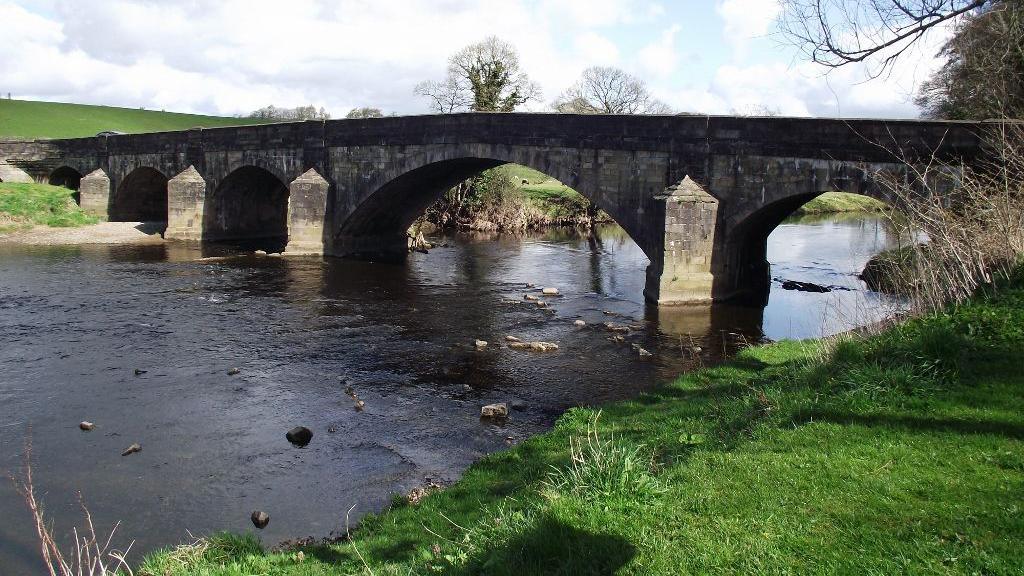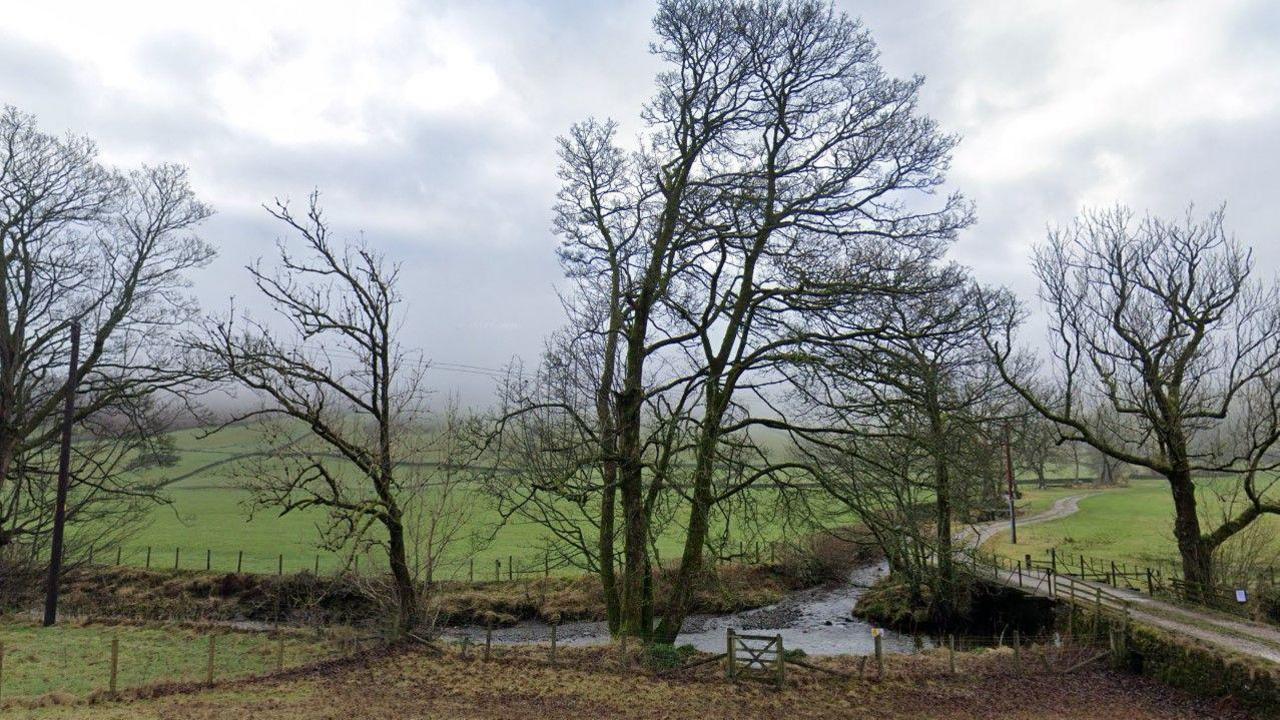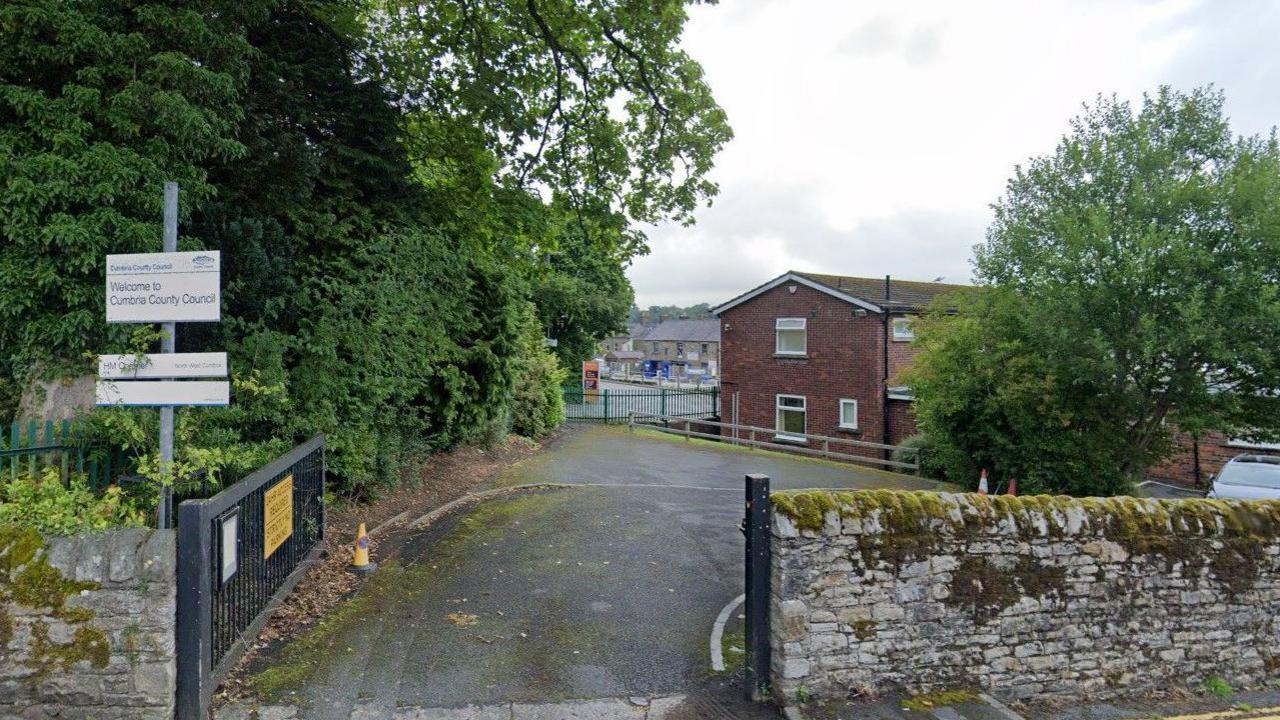People to help improve quality of bathing spots

The water quality in Windermere is at the centre of the pilot scheme
- Published
People are being asked to help monitor water quality at some of Britain's most popular bathing spots with the help of artificial intelligence.
Visitors can now share what they can see at lakes in Cumbria and Lancashire with the Environment Agency (EA) by scanning QR codes.
The pilot scheme, centred around Windermere in the Lake District and the River Ribble at Edisford Bridge, aims to improve water quality through citizen science.
Kelly Haynes, the EA's citizen science advisor, said: "This clever piece of modern technology will explain all the whys, whats and the what ifs of bathing water monitoring and our citizen science work."
The EA have partnered with Hello Lamp Post, a two-way AI communication platform, as part of the government-backed pilot project.

Signs and QR codes have been put up at a handful of locations
Interactive signs, including QR codes, have been placed on fences, benches and walls at four locations at Windermere Rayrigg, Windermere Millers Ground and the Ribble at Edisford Bridge.
People can use their phones to scan the code or text the number on the sign to share their findings and views, get information about local bathing waters and learn more about how to get involved in the EA's citizen science work.
The EA said the data would supplement that already being gathered, to help ensure as much information as possible was used to inform plans going forward.

The River Ribble at Edisford Bridge is a popular bathing spot
Ms Haynes added: "We know how much our rivers and inland waters mean to communities across Cumbria and Lancashire, and we hugely value the contribution of England’s enthusiastic citizen scientists.
"This work is an important step in bringing that together to gather real-time observation of the water environment and how it is being used."
Previous water environment work in Cumbria and Lancashire has included the Freshwater Biological Association's Big Windermere Survey, and activity along the River Douglas in collaboration with the Douglas Catchment Partnership and Groundwork.
Follow BBC Cumbria on X (formerly Twitter), external, Facebook, external and Instagram, external. Send your story ideas to northeastandcumbria@bbc.co.uk.
Related topics
More stories from BBC North East and Cumbria
- Published24 September 2024

- Published24 September 2024

- Published24 September 2024
